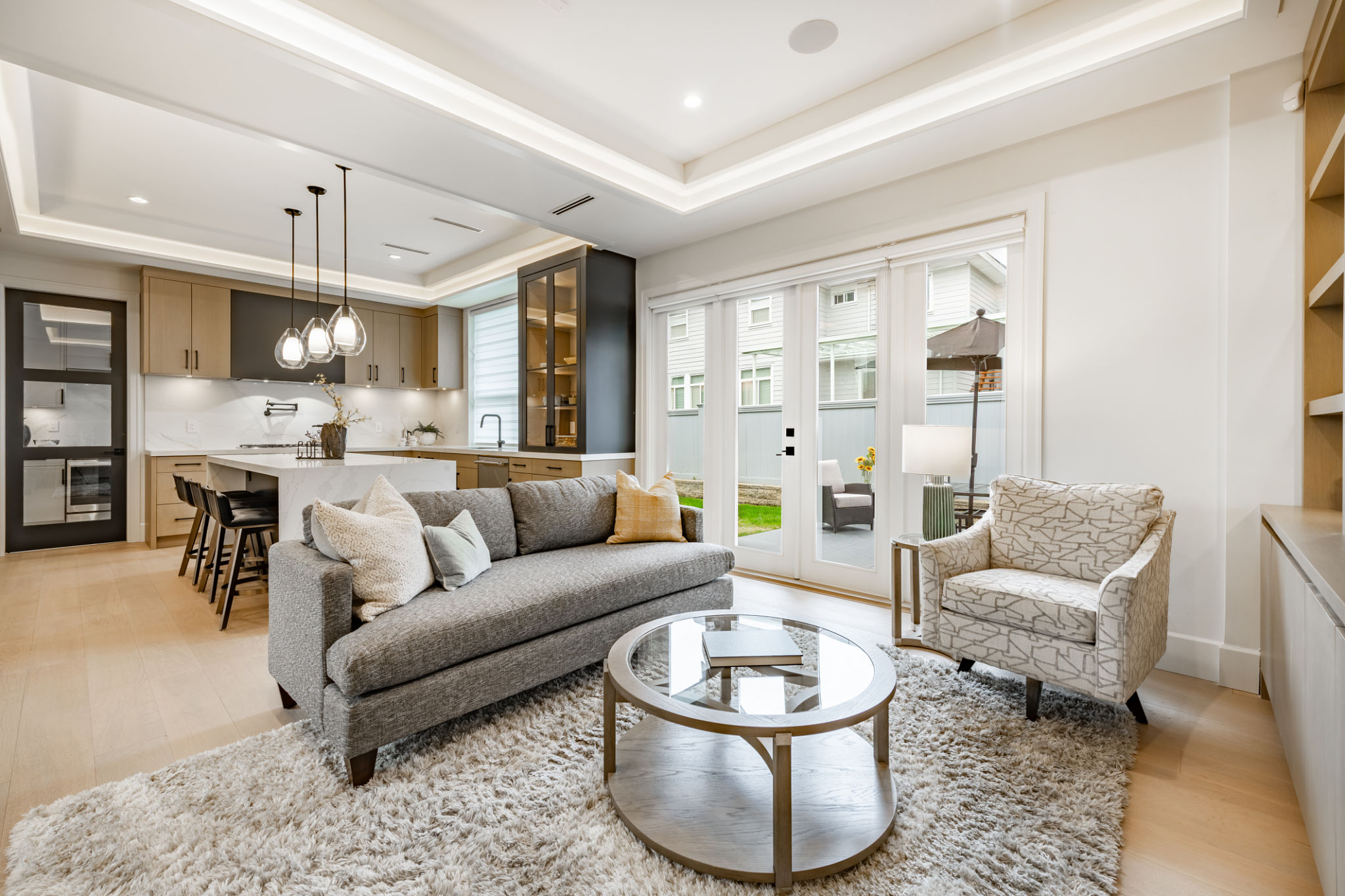Understanding the Interior Design Process: From Concept to Completion
Understanding the Interior Design Process
Embarking on an interior design project is an exciting venture that transforms a space from ordinary to extraordinary. From concept to completion, the process involves several key stages that ensure a cohesive and personalized design. In this guide, we will walk you through each step of the interior design process, providing insight into what to expect and how to achieve the best results.

Initial Consultation and Concept Development
The journey begins with an initial consultation, where the designer meets with the client to understand their vision, preferences, and budget. This stage is crucial as it sets the foundation for the entire project. During this meeting, the designer will gather essential information about the client's lifestyle, functional needs, and aesthetic desires.
Once the consultation is complete, the designer proceeds to concept development. This involves creating a design concept that aligns with the client's vision. The concept includes mood boards, color schemes, and preliminary sketches that capture the essence of the desired look and feel of the space.
Design Development and Space Planning
With a clear concept in place, the next stage is design development. Here, the designer refines the initial ideas into detailed plans. This includes selecting materials, finishes, furniture, and fixtures that complement the overall design vision. The designer also creates detailed drawings and 3D renderings to provide a visual representation of the final design.

Space planning is an integral part of design development. It involves arranging furniture and decor elements to maximize functionality and flow within the space. Effective space planning ensures that every inch of the room is utilized efficiently while maintaining a harmonious and balanced layout.
Implementation and Project Management
Once the design plans are finalized, the implementation phase begins. This stage involves project management, where the designer coordinates with contractors and suppliers to bring the design to life. The designer oversees the entire process, ensuring that each element is installed correctly and according to plan.
Effective project management is crucial to keeping the project on schedule and within budget. The designer acts as a liaison between the client and various tradespeople, addressing any issues that may arise during construction or installation.

Final Touches and Project Completion
The final stage of the interior design process involves adding the finishing touches that complete the look of the space. This includes styling with accessories, artwork, and textiles that enhance the overall design. Attention to detail during this phase ensures a polished and cohesive appearance.
Upon completion, a final walkthrough is conducted with the client to ensure satisfaction with the result. The designer addresses any final adjustments needed to achieve the desired outcome. The project concludes with a beautifully transformed space that reflects the client's personal style and meets their functional needs.
The Benefits of a Professional Interior Designer
Working with a professional interior designer offers numerous benefits. Designers bring expertise, creativity, and industry knowledge to every project. They provide access to exclusive resources and skilled tradespeople, ensuring high-quality results.
By understanding each step of the interior design process, clients can better appreciate the value of professional guidance in achieving a space that is both beautiful and functional. From concept to completion, a well-executed interior design project can truly transform any environment.
